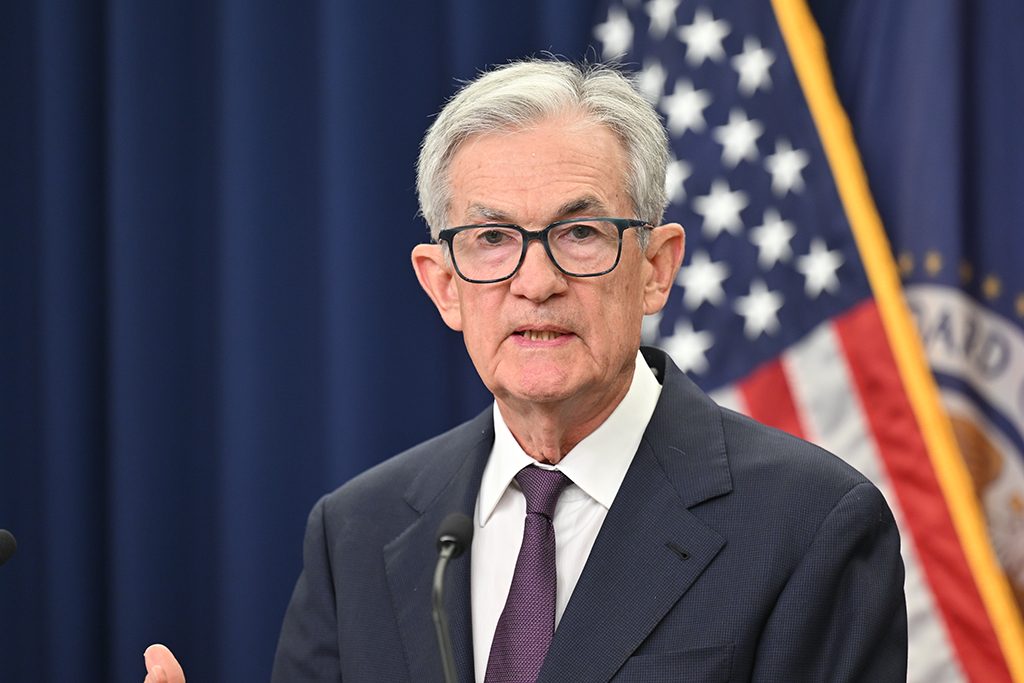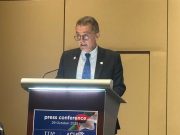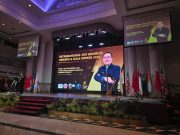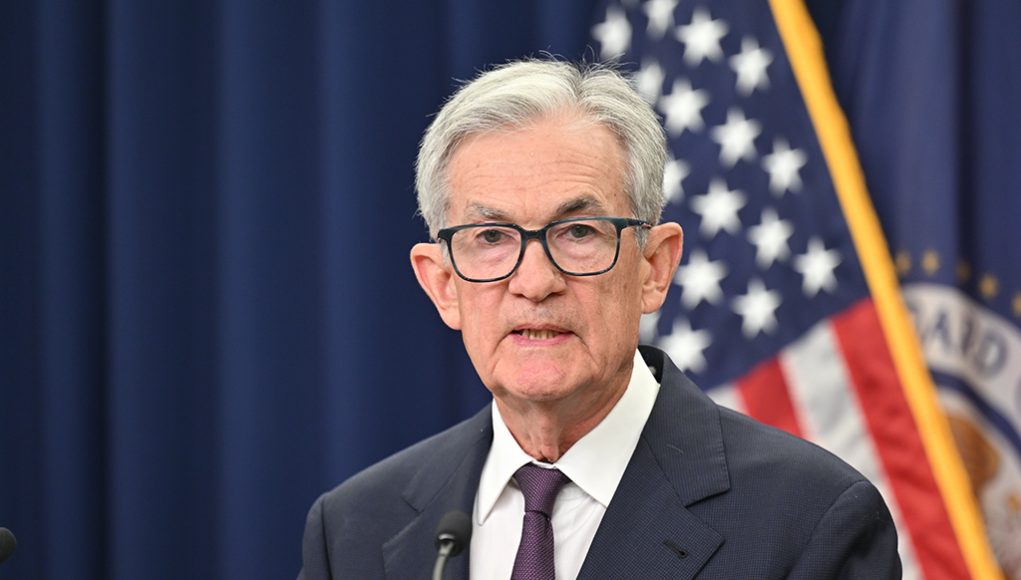
(Singapore, 15.10.2025)US Federal Reserve Chair Jerome Powell warned that America’s job market is showing clear signs of slowing, reinforcing expectations that the central bank will continue cutting interest rates in the months ahead to cushion the economy.
Speaking at the National Association for Business Economics annual meeting in Philadelphia on Tuesday, Powell said risks to employment have increased in recent months, as hiring momentum weakens and labor force growth stalls.
“While the unemployment rate remained low through August, payroll gains have slowed sharply,” he said. “That likely reflects lower immigration and reduced labor force participation.”
Private data has already pointed to a marked cooling in hiring for September, although official figures have yet to be released due to the ongoing US government shutdown. The Labor Department has postponed the monthly payrolls report but recalled staff to prepare the consumer price index data later this month.
Fed on track for more cuts
The Fed cut its benchmark interest rate by a quarter percentage point in September — the first reduction this year — in a move aimed at supporting the softening labor market. Policymakers projected another half percentage point of cuts by year-end, suggesting two additional moves at the upcoming October and December meetings.
Powell’s latest comments strengthened market expectations that another rate cut is imminent. According to CME Group data, futures traders now see a near-100% chance of a reduction later this month.
“A rate cut in October is done,” said Julia Coronado, founder of research firm MacroPolicy Perspectives and a former Fed economist. “Nothing has changed the perspective that there’s still downside risk to the labor market.”
Powell acknowledged that while overall economic growth appears resilient, “downside risks to employment appear to have risen.” He also warned that a continued slowdown in hiring could soon push unemployment higher. “You’re at a place where further declines in job openings might very well show up in unemployment,” he said.
The jobless rate edged up to 4.3% in August — still historically low, but noticeably higher than earlier in the year.
Balancing jobs and inflation
The latest developments come as the Fed faces one of its toughest balancing acts in years. The central bank’s dual mandate requires it to pursue both maximum employment and stable prices, yet these goals are increasingly at odds. Inflation remains slightly above the Fed’s 2% target even as the labor market loses steam.
“Right now, the risks to the employment side of the mandate are rising,” said Yelena Shulyatyeva, senior US economist at The Conference Board. “That’s what will drive the decision in the near term.”
At the same time, the prolonged government shutdown has made it harder for policymakers to gauge the economy’s direction. Powell said the absence of official data — long considered the “gold standard” — could complicate decision-making if the shutdown drags on.
“We don’t expect that we’d be able to replace the data we’re not getting,” he cautioned. “If this goes on for a while, it could become more challenging.”
The Fed’s September projections showed policymakers split over the pace of easing. While the median forecast from 19 officials pointed to two more cuts this year, nine saw one or fewer as appropriate. That divide has added uncertainty about how far the Fed will go next year.
“There’s a sense of caution in Powell’s tone,” said Diane Swonk, chief economist at KPMG. “The Fed knows it has to act to prevent a sharper slowdown, but it also doesn’t want to overstimulate while inflation remains sticky.”
Powell acknowledged there is “no risk-free path for policy,” emphasizing the difficulty of balancing competing goals. “We must navigate the tension between our employment and inflation objectives carefully,” he said.
Fed approaching end of balance sheet reduction
In a further signal of policy adjustment, Powell hinted that the Fed could soon halt the shrinking of its balance sheet — a process known as “quantitative tightening” — which began after the pandemic-era asset purchases.
“Our long-stated plan is to stop balance sheet runoff when reserves are somewhat above the level we judge consistent with ample reserve conditions,” he said. “We may approach that point in coming months.”
The Fed’s balance sheet had ballooned during the COVID-19 crisis as it bought trillions of dollars in Treasury and mortgage-backed securities to stabilize financial markets. Slowing the runoff would help maintain liquidity in short-term funding markets, analysts say.
Despite the labor market concerns, Powell noted that overall growth still appears to be holding up. Consumer spending remains solid, supported by strong household balance sheets, and business activity has yet to contract meaningfully.
Still, economists warn that the combination of slower hiring, fading immigration, and uncertainty over fiscal policy could weigh on the economy heading into 2026.
“The Fed is clearly shifting toward an employment-first mindset,” said Coronado. “Inflation is under better control, but the job market’s cooling faster than expected — and that’s what’s driving the new policy tone.”
The Fed’s next policy meeting is scheduled for October 28–29, when officials are widely expected to deliver another quarter-point rate cut.





































